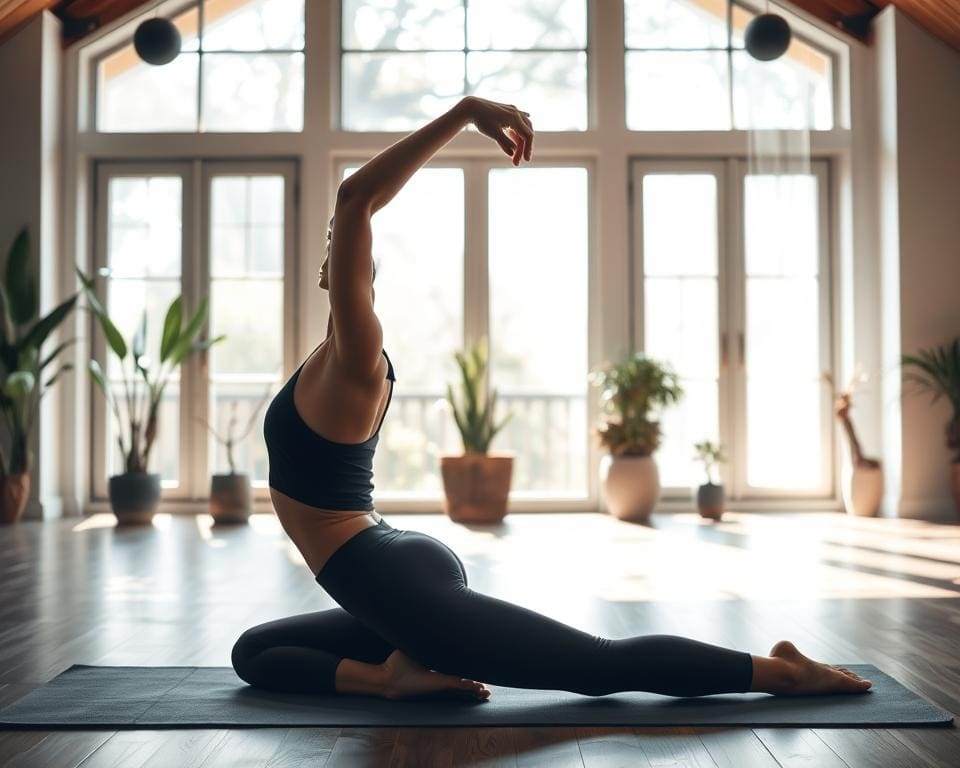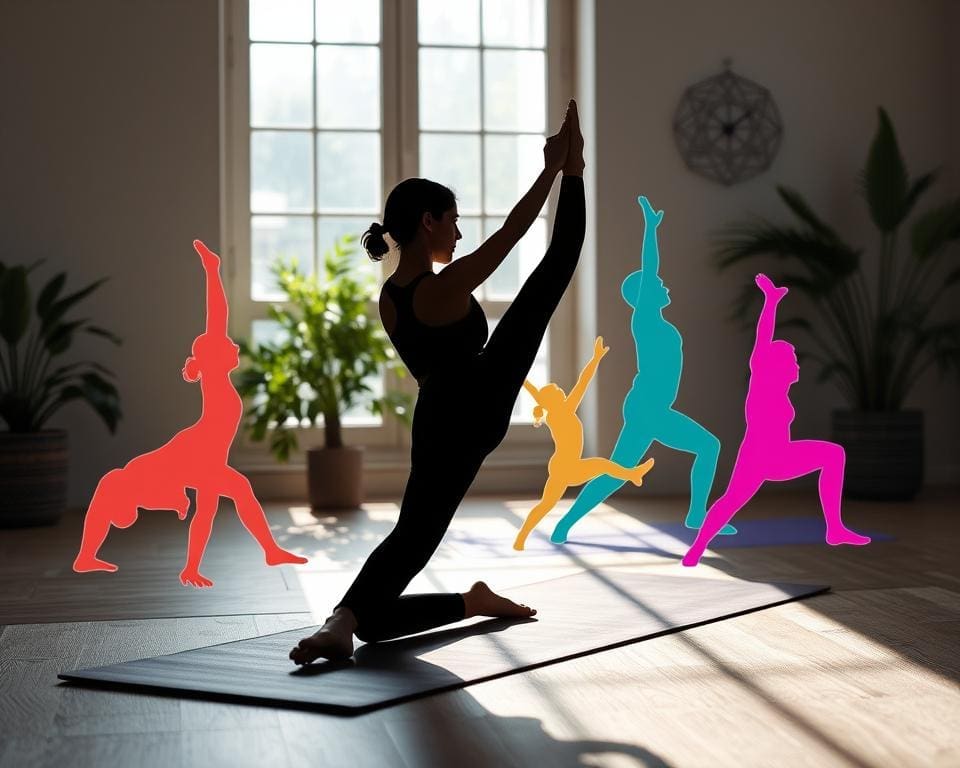Incorporating stretching routines into your daily life can have a transformative impact on your overall mobility and well-being. Not only do these exercises cater to athletes and fitness enthusiasts, but they also serve individuals aiming to improve flexibility through stretching in their everyday activities. The numerous benefits of stretching routines include reducing the risk of injury, enhancing physical performance, and fostering mental clarity.
Emphasising proper techniques and maintaining consistency is crucial for reaping optimal results from these routines. By embracing the power of stretching, you can elevate your quality of life, promoting greater ease in movement and a profound sense of well-being.
The Importance of Stretching for Flexibility
Flexibility plays a vital role in overall physical health, characterised by the range of motion around joints. Enhancing our understanding of flexibility includes recognising its significant benefits of stretching routines. Improved flexibility contributes to increased strength, better posture, and enhanced physical performance, making it essential for anyone looking to optimise their body’s capabilities.
Understanding Flexibility and Its Benefits
Flexibility defines the ability of a joint, or series of joints, to move through a complete range of motion. With a strong focus on stretching for better range of motion, individuals can experience various advantages, such as:
- Reduced muscle stiffness
- Lower risk of injuries
- Improved athletic performance
- Better posture
As a result, individuals engaging in regular stretching are likely to enjoy improved health outcomes and a reduced likelihood of strains when participating in physical activities.
How Stretching Enhances Range of Motion
Understanding how stretching enhances range of motion involves recognising the physiological changes that occur within the body. Stretching helps elongate muscles and soft tissues, promoting flexibility. Additionally, it stimulates the production of synovial fluid, which plays a crucial role in lubricating joints.
Diverse stretching techniques can be employed, each serving to improve flexibility in unique ways:
- Static Stretching: Involves holding a stretch for a sustained period.
- Dynamic Stretching: Engages movements that actively take joints through their range of motion.
- PNF Stretching: Utilises both stretching and contracting of the targeted muscle group.
Incorporating various stretching routines allows individuals to fully appreciate the benefits of stretching routines while effectively working towards their flexibility goals.

Effective Stretching Routines to Improve Flexibility
Incorporating effective stretching exercises into your routine can significantly enhance flexibility, regardless of your skill level. Understanding the right techniques can make all the difference in achieving your goals. Here are some recommendations tailored to both beginners and more advanced practitioners.
Best Stretching Exercises for Beginners
For those just starting their flexibility journey, focusing on simple yet effective flexibility exercises is essential. Here are some of the best stretching exercises that can easily be incorporated into any routine:
- Hamstring Stretch: Gently lean forward while sitting with your legs extended. Reach towards your toes to feel a comfortable stretch in the back of your legs.
- Shoulder Stretch: Bring one arm across your body and use the opposite arm to hold it, feeling a stretch in the shoulder area.
- Quadriceps Stretch: Stand on one leg and bring your other heel towards your buttocks. Hold your ankle to stretch your thigh.
These exercises are straightforward and effective ways to begin your journey on how to increase flexibility through stretching.
Advanced Stretching Techniques for Enhanced Results
As flexibility improves, exploring advanced stretching techniques can further enhance results. These methods include:
- Dynamic Stretching: Incorporate movements such as leg swings and arm circles to warm up the muscles before a workout.
- MET Stretching: Use a partner or a wall to resist movement, engaging the muscle before gently stretching it further.
- Yoga: Practising yoga can provide a holistic approach to flexibility, combining mindfulness with various postures aimed at increasing range of motion.
A balanced routine that combines both dynamic and static stretching will provide the best results. Implementing advanced stretching techniques for enhanced results is crucial for serious progress in flexibility.
Flexibility Training Tips for Optimal Results
To achieve the best outcomes from your flexibility workout routines, consistency is key. Incorporating stretching routines into your daily life can significantly enhance your results. Begin by setting aside dedicated time each day for your flexibility training, even if it’s just a few minutes. This habit will foster an environment of growth and improvement in your flexibility journey.
Equally important are warm-up and cool-down practices. Properly preparing your body for stretching ensures that you not only maximise your flexibility gains but also minimise the risk of injury. Engage in light aerobic activity to warm up before diving into flexibility exercises. Similarly, cooling down with gentle stretches will support recovery and maintain muscle health after your workout.
Cross-training can also play a pivotal role in enhancing your flexibility. Activities such as Pilates or yoga complement your stretching routines by delivering varying benefits that improve overall flexibility. Remember to listen to your body while progressing at a pace that feels right for you; this will help you avoid strain and injuries. Finally, consider maintaining a stretching journal to document your accomplishments and monitor your progress. This reflection can provide motivation and inspire you to keep striving for improvement in your flexibility training.









